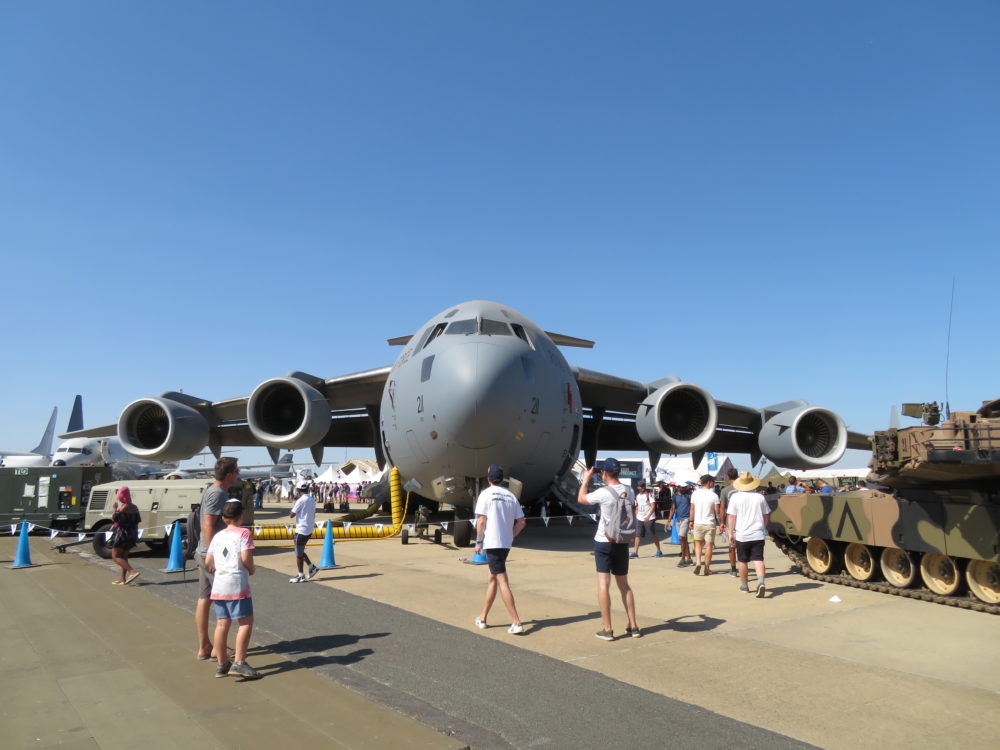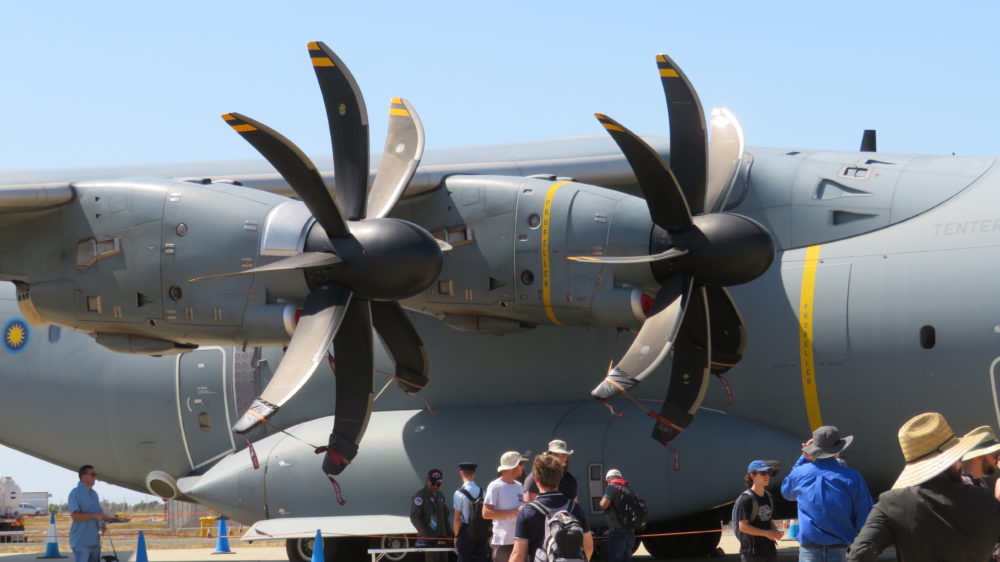Australian International Air Show (Avalon) 2019 Highlights
The Australian International Air Show, which is also commonly known and advertised as the Avalon Air Show, is said to be the biggest air show in the southern hemisphere, demonstrating raw military air power from defense forces around the world.
Initially launching in 1988, the show has developed into showcasing not only large military displays but also a wide range of executive jets, general aviation aircraft and even some commercial aircraft, as seen in this years show.
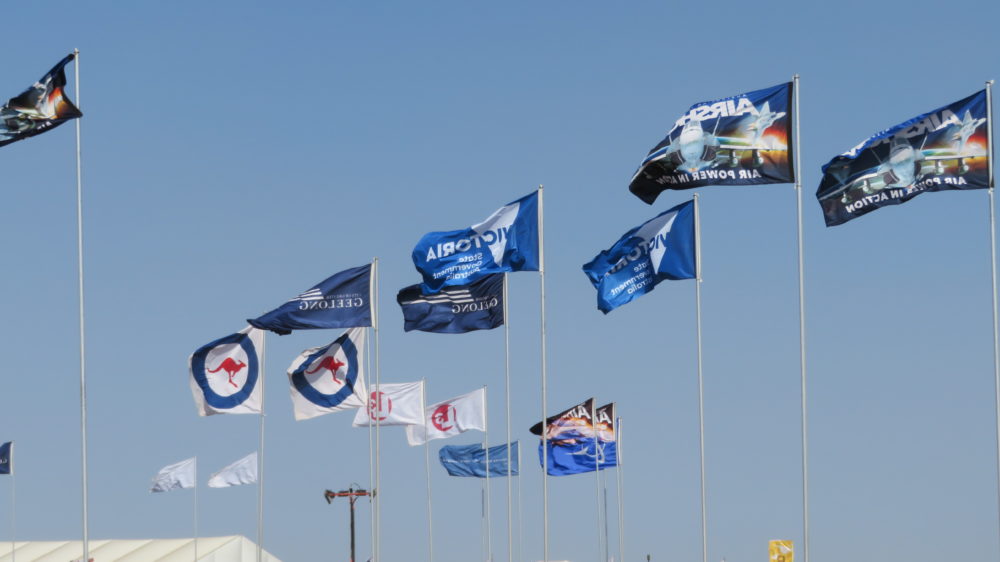
Located just over 50km south-west of Melbourne, Victoria, Avalon Airport is the home of the show, hence its local name being the Avalon Air Show. The airport is used by Jetstar and Air Asia as well as some other small operators and boasts some fairly small facilities for air travel.
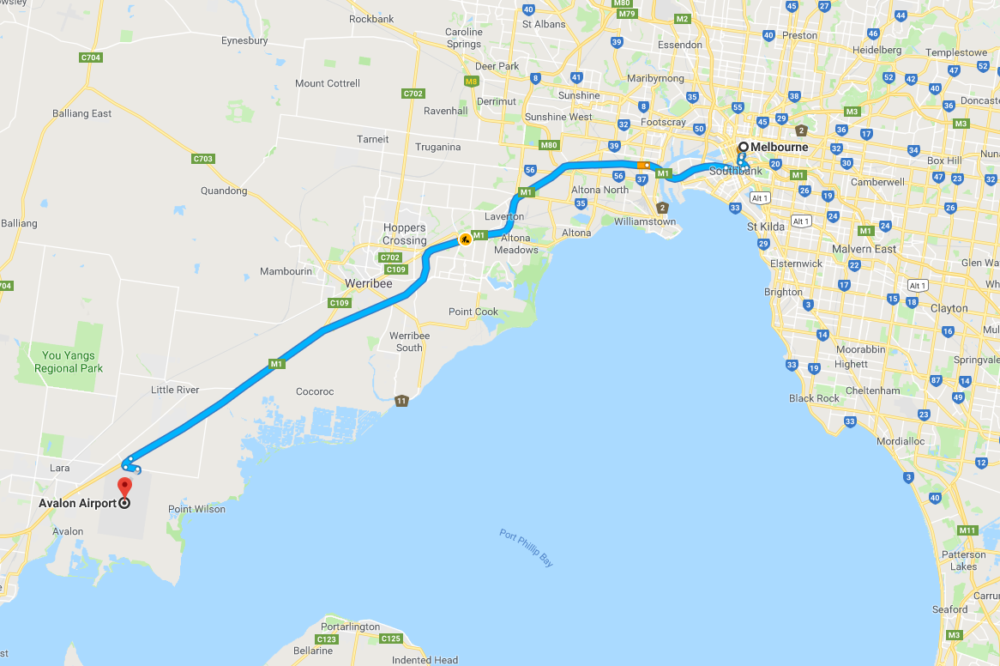
I attended the 2019 show during the second open public day (2nd of March) and spend the day exploring to share my experience with everyone! Keep in mind the show is enormous and it was impossible to explore every aspect in one day so here are my highlights:
Qantas Boeing 747-400
To fundraise for Australia’s Drought Relief program, rather than selling hot dogs or drinks at the show, Qantas kept to the theme of aviation, offering tickets for a once in a lifetime flight on a Boeing 747-400.
For $747, the flight included the following:
- Return flights between Sydney and Avalon
- Low level fly by of the runway on approach to Avalon
- Single day entry into the show
- Sparkling wine breakfast in the Sydney Domestic Business Lounge on departure including live entertainment
- Inflight auctions
- Morning tea inflight refreshments
- Private lunch at the show with some special aviation guests
- Gift bag and souvenir lanyard
- Dinner and drinks (including alcoholic beverages) on return flight
- Status credits (20 each way) plus Zone 1 points.
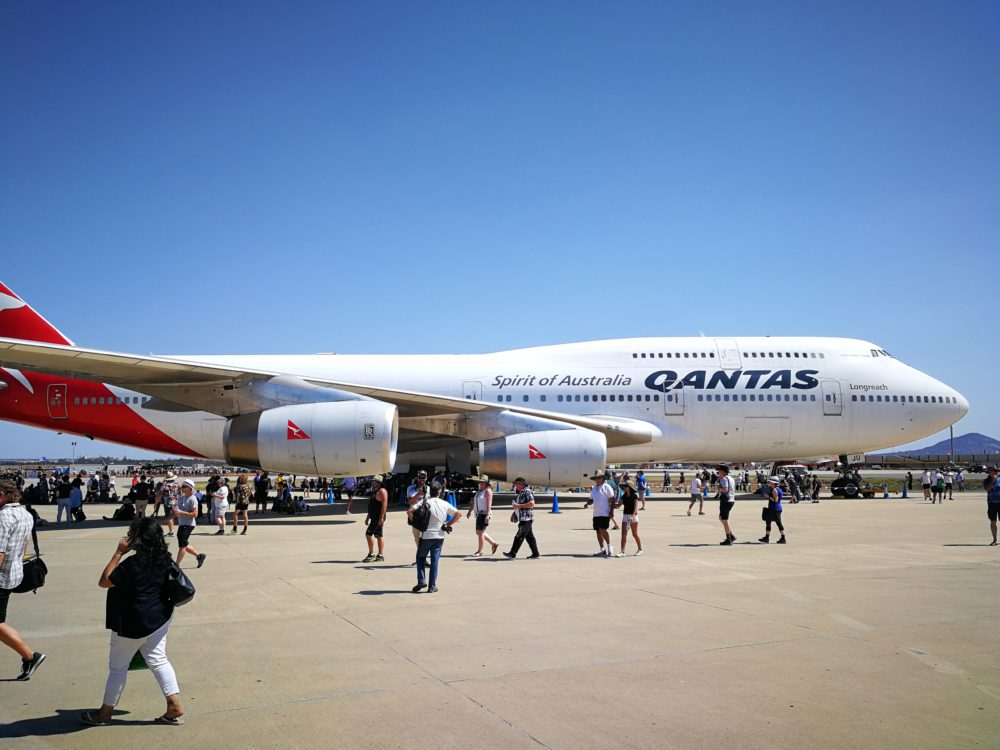
My goal was to get onboard this flight, however tickets sold out incredibly fast. Qantas plans to retire their Boeing 747 fleet by 2020 so the chance of hoping onboard for a similar event is low unfortunately.
Operated by VH-OJU, a 19.1 year old Rolls-Royce RB-211 powered Boeing 747-400, the aircraft departed Sydney early in the morning and arrived at the show where the guests deplaned. The aircraft was then re-positioned into a display area at the show for members of the public to enjoy.
Here are some of the photos of the aircraft in the display area:

Rolls-Royce powered Boeing 747s are becoming increasingly hard to find so with the engines on display and one with its cowling open, I took the opportunity to snap some shots:
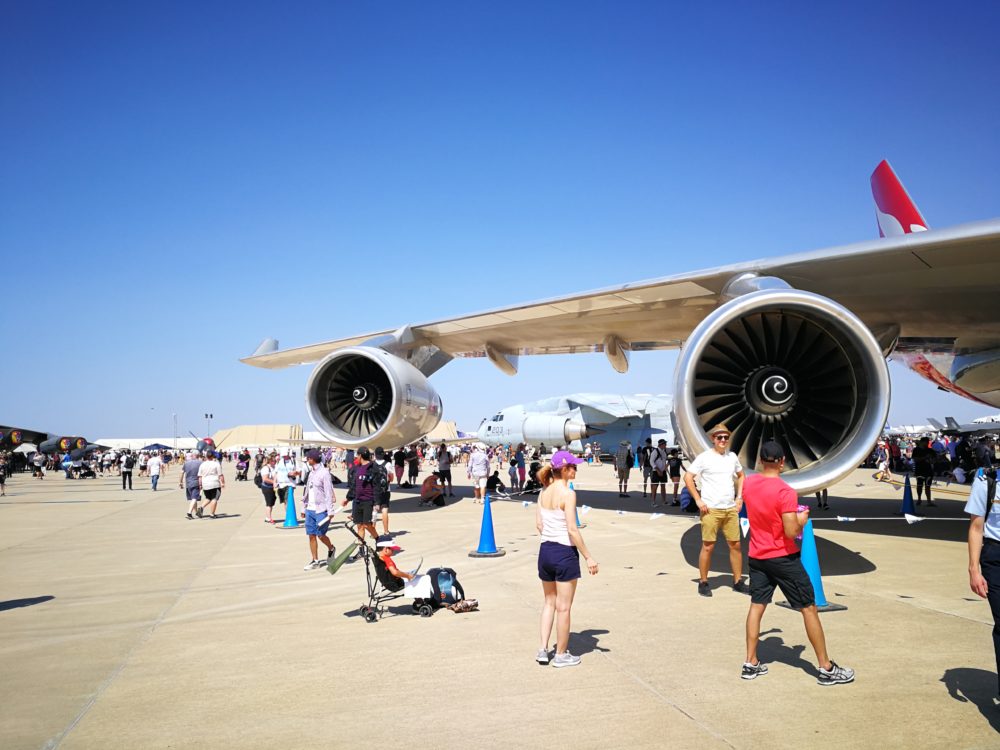
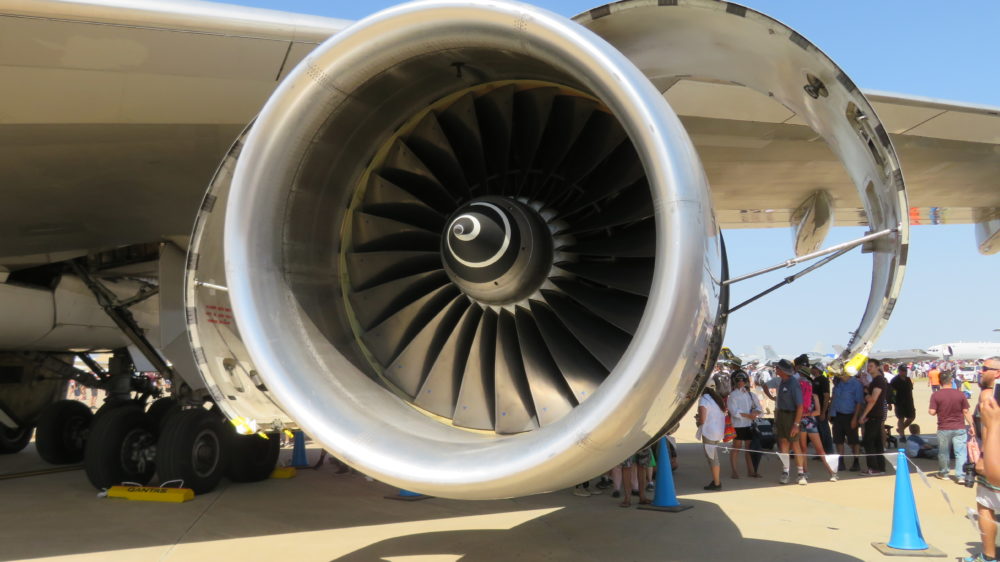
It’s understood over $137,000 was raised from this flight!
Boeing/McDonnell Douglas C-17A Globemaster III (RAAF + USAF)
The Royal Australian Air Force (RAAF) and the United States Air Force (USAF) both had their C-17A Globemasters on display for the public to check out. Performing short takeoffs and landings, the aircraft were a big hit for the public, as they were loud and maneuverable.
The size of them really captured the attention of people. Although small compared to the likes of the Antonov 225 and Lockheed C5 Galaxy, the aircraft was the biggest cargo/transport type on display.
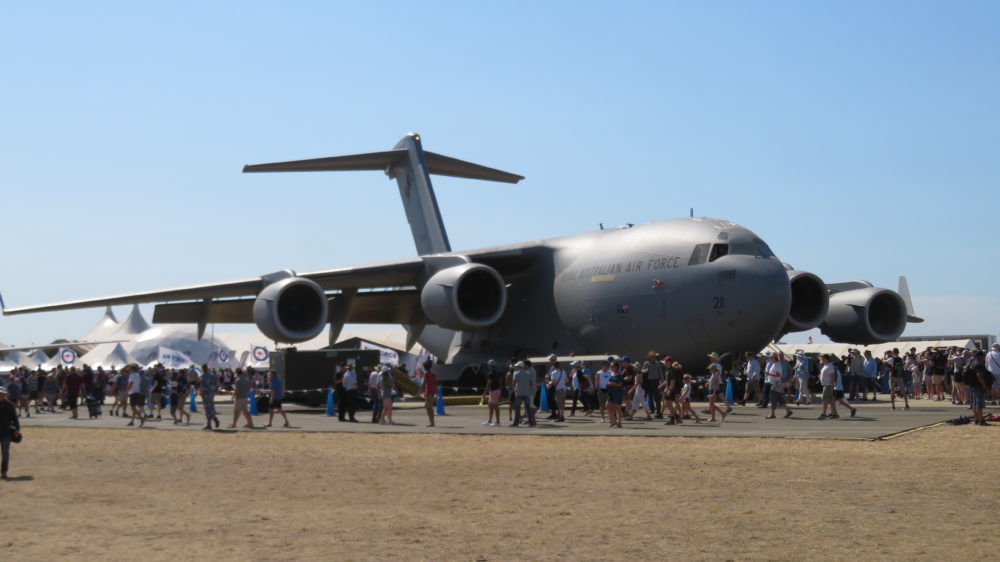
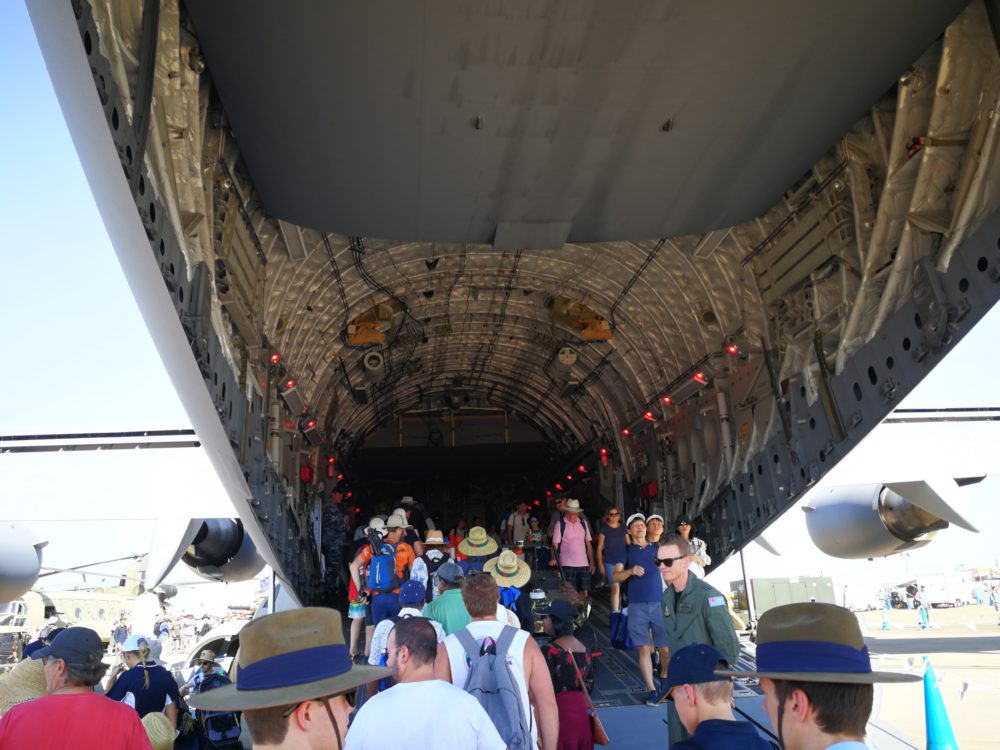
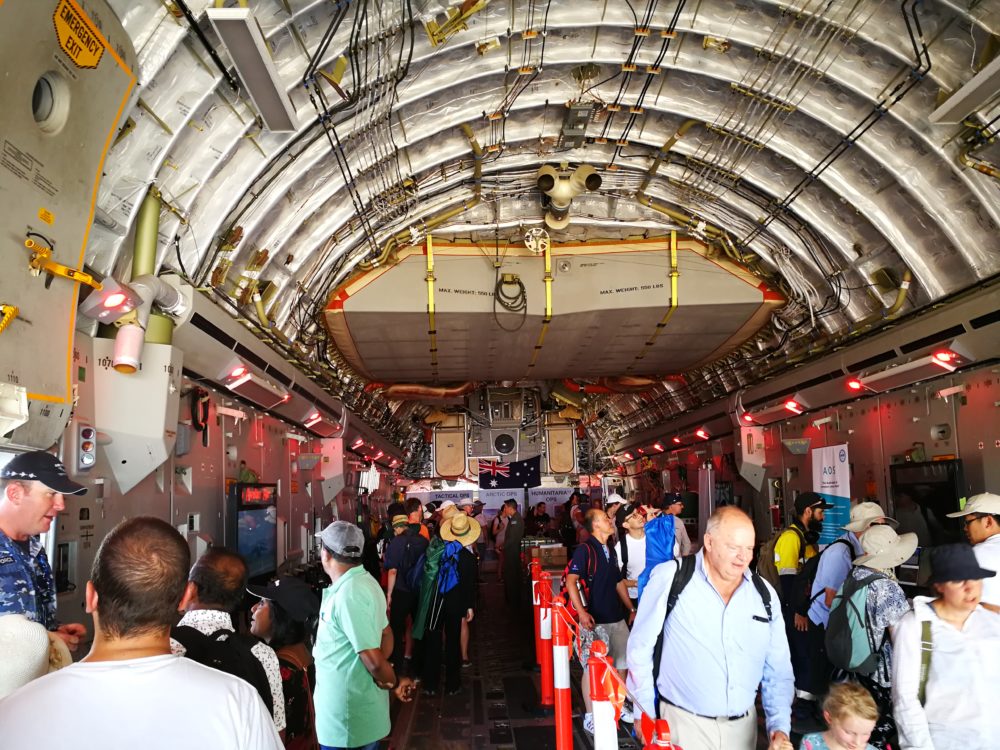
Busy on the ground, the aircraft later performed in various air displays, showing off their capability.
Unfortunately the USAF C-17 suffered from a bird strike during its takeoff sequence in front of the crowd.
You can see it unfold here:
United States Navy Boeing P-8A Poseidon
The P-8A Poseidon is a multi-mission maritime aircraft developed by Boeing Defense and Space for the United States Navy, however has since been ordered and inducted by other defense forces around the world including the Royal Australian Navy.
Based on the 737-800, the P8 has some additional features worth noting include a strengthened fuselage for low-level operations, 737-900 wings with raked wingtips and 180kV generators on each of the engines to power all the warfare systems rather than the 90kV found on standard 737s.
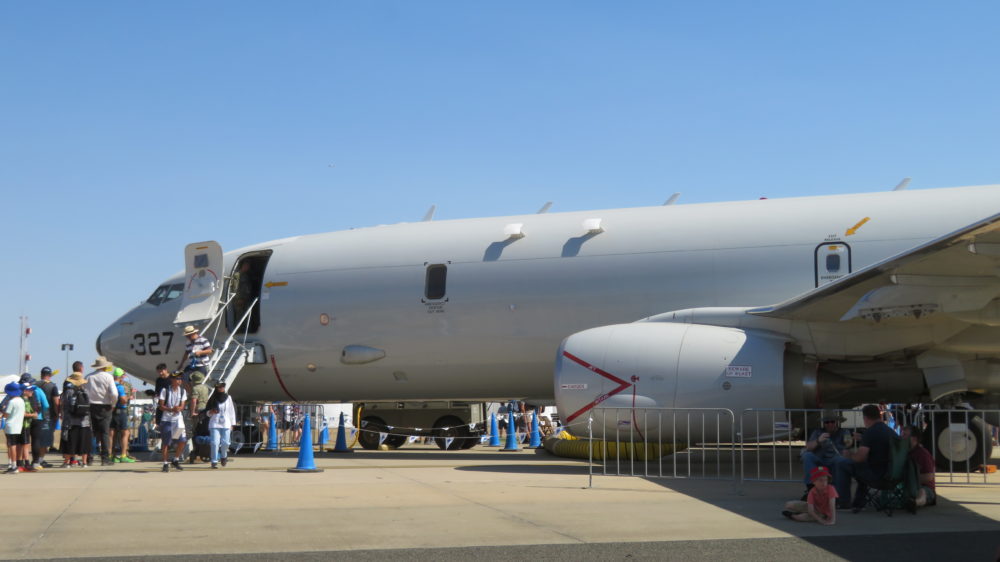
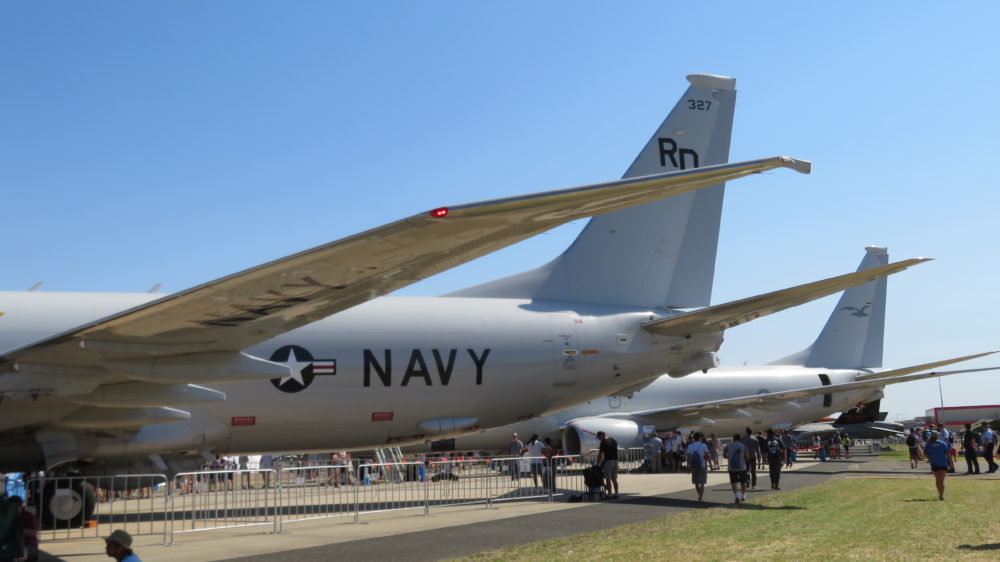
For weapons and defense, the aircraft has bay doors to house torpedoes and has various laser and radio based self-defense systems.
Unfortunately photos were not permitted inside the aircraft at the show during the time I boarded, however I did receive permission to take a picture of the flight deck and publish it.
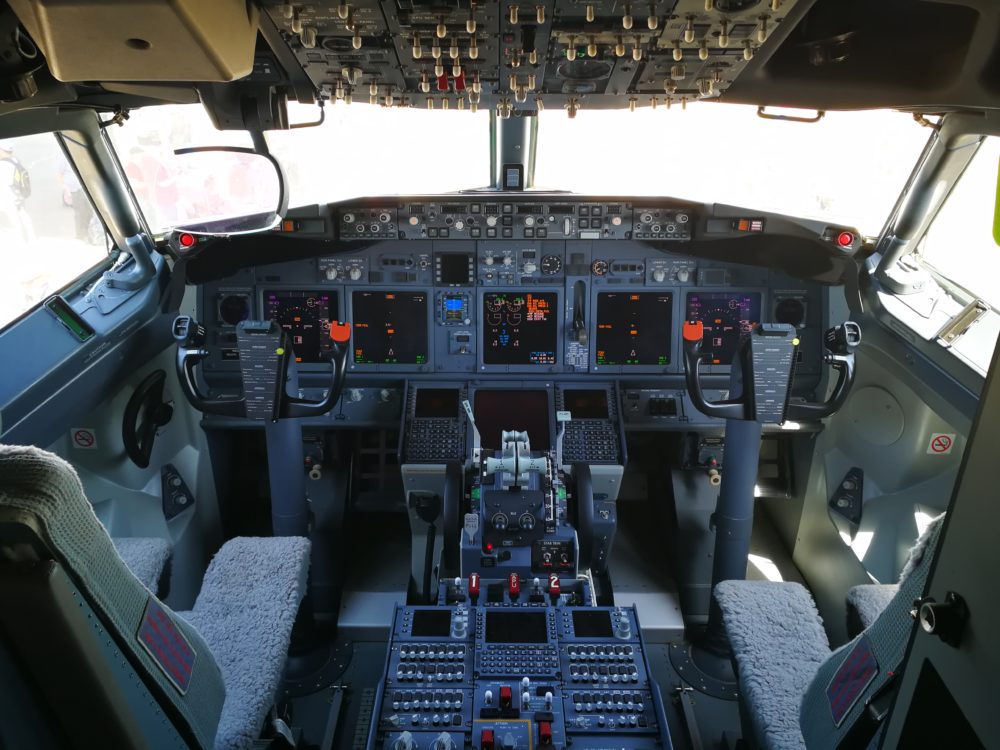
Chatting to the crew members, they expressed their enthusiastic attitude to be at the show to present their aircraft and chat to members of the public and fellow RAAF P8-A pilots.
There were a few jokes thrown around though, specifically targeting the uncomfortable 40+ degree Celsius heat on the day, which was worsened by their uniforms!
Airbus A400M
Behind the Qantas Boeing 747 was an Airbus Atlas operated by the Royal Malaysian Air Force (RMAF), which unfortunately wasn’t open to the public however made for an excellent display to get up close and take some pictures as well as capture some shade!
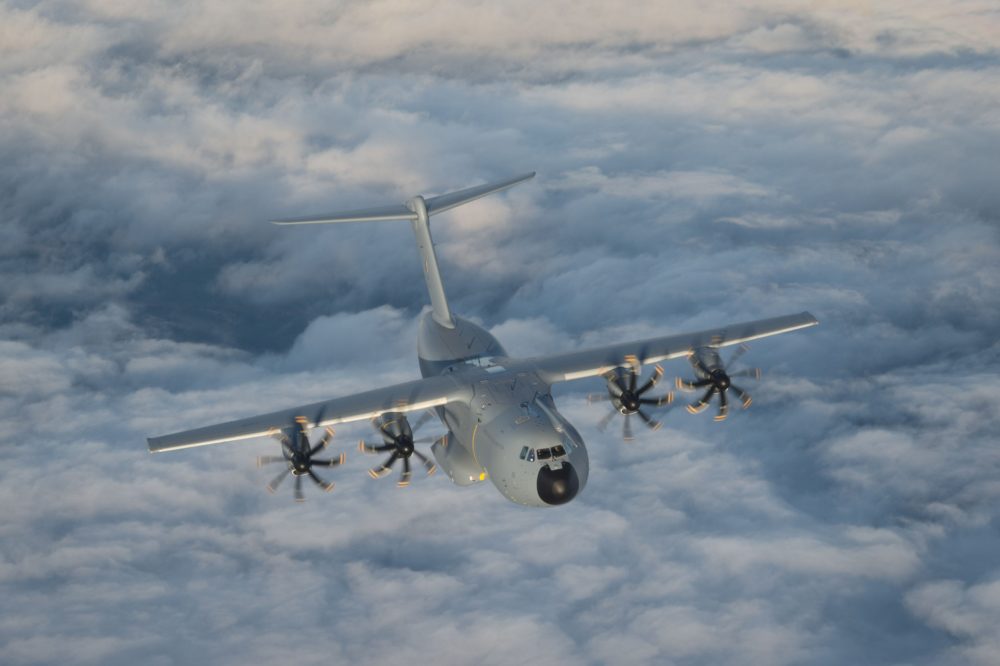
Kawasaki C-2
Adding to the large transport/freight military aircraft at the show was the Kawasaki C-2 operated by the Japan Air Self Defense Force (JASDF), which was quite the stunner in the air, performing low and high speed passes over the airfield while performing wing waves.
First flown in 2010 and entering service in 2016, Japan has not only adopted the aircraft for their own needs but has also been aggressively pushing for more orders.
Behind the scenes, Kawasaki was marketing their C-2 aircraft to Asia Pacific customers, particularly to the Royal New Zealand Air Force (RNZAF) as a replacement for their C-130H Hercules transport aircraft.
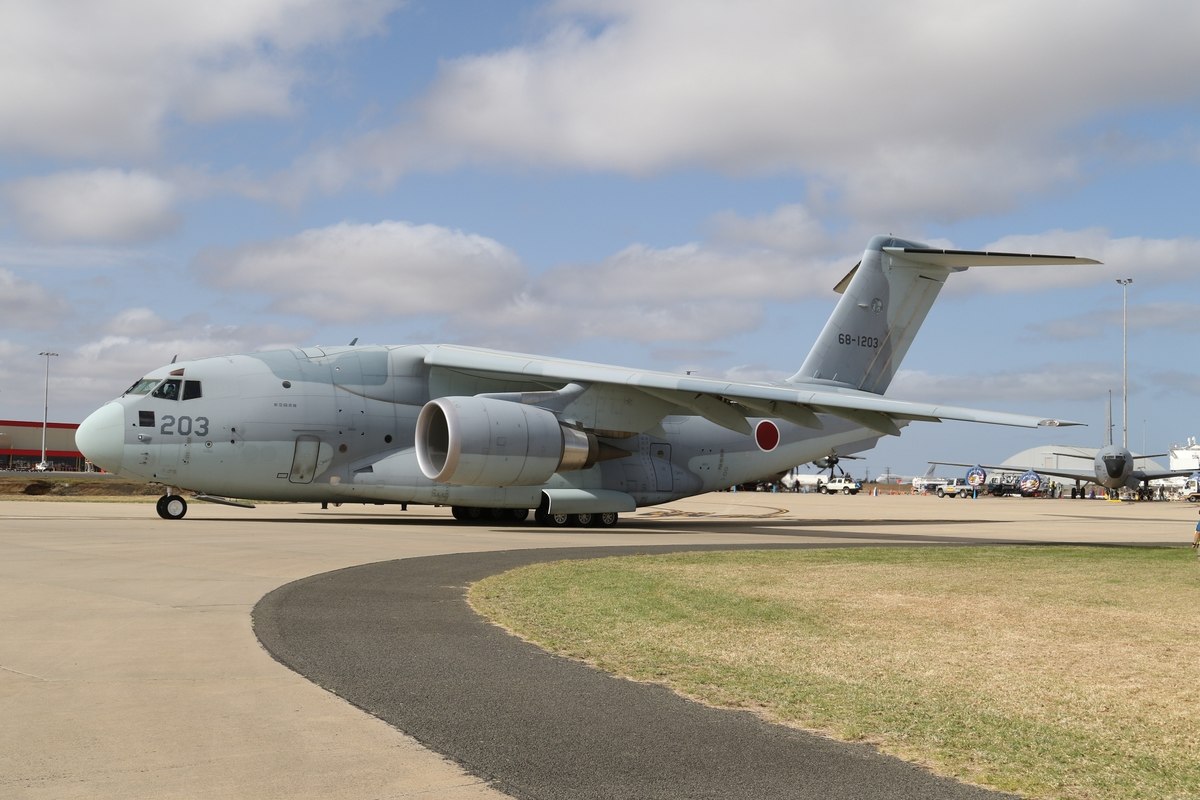
Visiting their stall in the trade halls, I was greeted by a representative for Kawasaki who proceeded to present sales brochures for the aircraft listing specifications and prices. Additionally, he noted the other aircraft the company builds and supports which include lots of Boeing commercial aircraft such as the 787 Dreamliner, 777, 767 and other military aircraft.
Walking around the show, the C-2 was definitely one of the most unique looking medium lift displays, with its short and stubby design and its large General Electric CF6 engines.

Lockheed Martin F-22 Raptor
One of the best fighter displays at the show was the United States Air Force Lockheed Martin F-22A Raptor, which tore through the skies with its vicious looks and ground-shattering sounds.
There were no limitations on the aircraft – the pilots essentially were showing off, performing hard turns and vertical climbs while entering an inverted loop.
On the ground the aircraft was under extreme security, with RAAF dogs protecting the aircraft, which was parked far away from crowds and behind a portable fence. There were some reports of armed personnel around the area too, however I missed these.
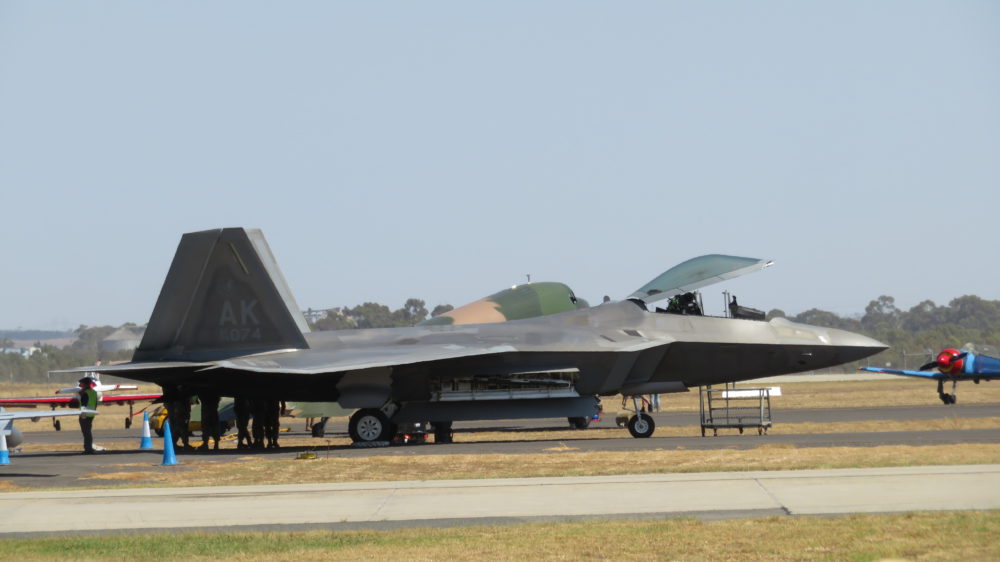
Lockheed Martin F-35A Joint Strike Fighter
Australia has orders for 72 of Lockheed Martin’s newest fighter aircraft, the F-35A Lighting II Joint Strike Fighter, and unlike the previous Avalon debut, the RAAF put on an incredible display for 2019, paring the aircraft with our existing fleet of Boeing/McDonnell Douglas F/A-18 Hornets and Super Hornets as well as the USAF F-22 Raptors.
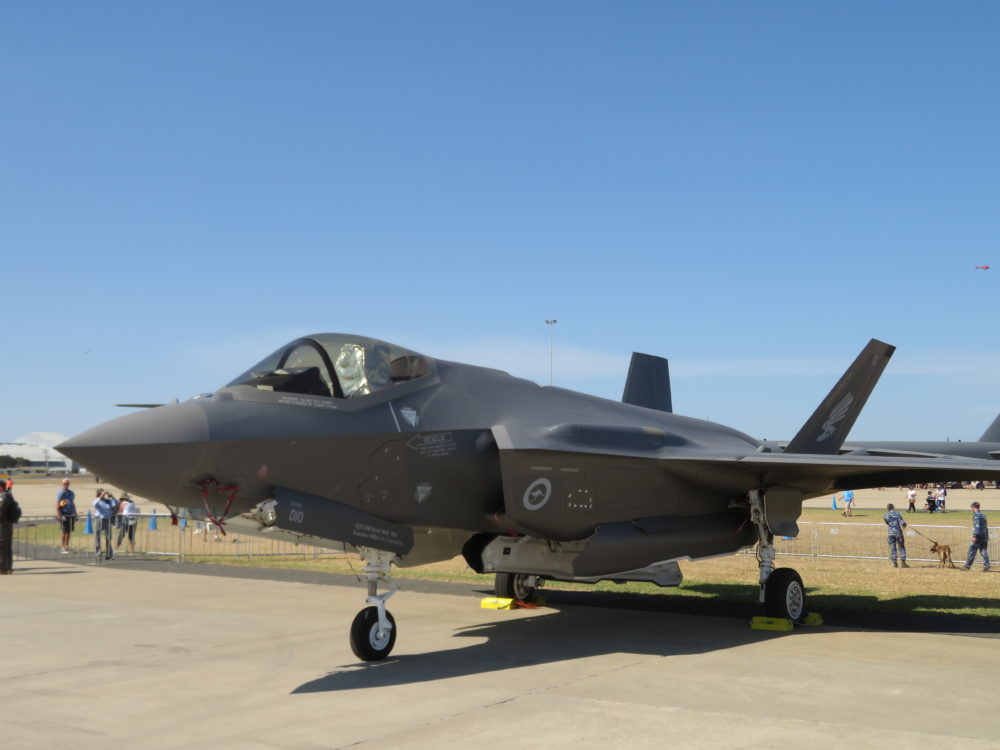
The enormous Pratt and Whitney F135 engine on the aircraft was the real eye-catcher for the audience, with its fierce afterburner and sounds that ripped apart the air and the surrounding environment.
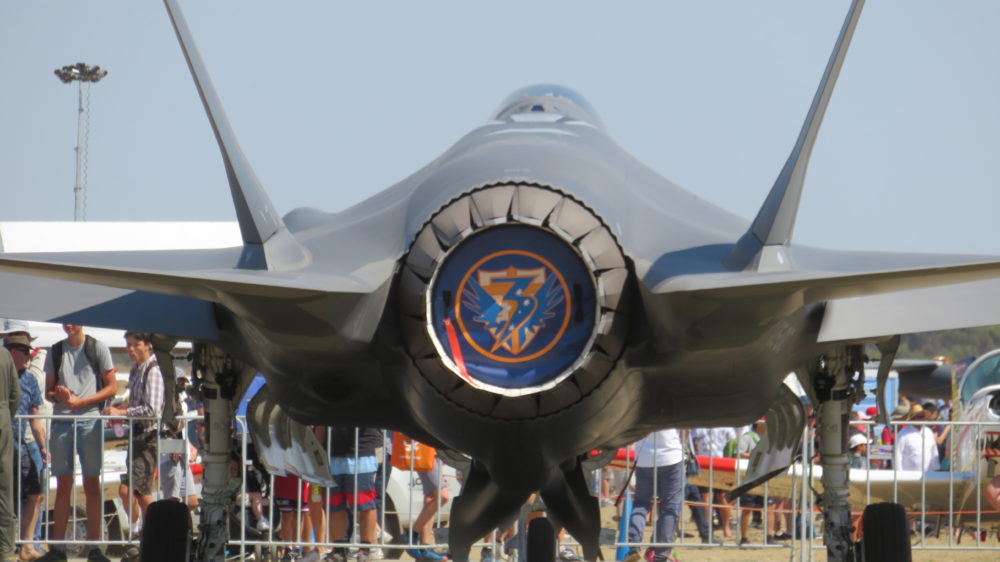
Airbus Commercial + Defense and Space
Airbus had a rather sophisticated stall inside the trade halls, featuring a station of virtual reality headsets demonstrating their benefits in maintenance and design applications as well as models of defense, commercial, space and helicopter products.
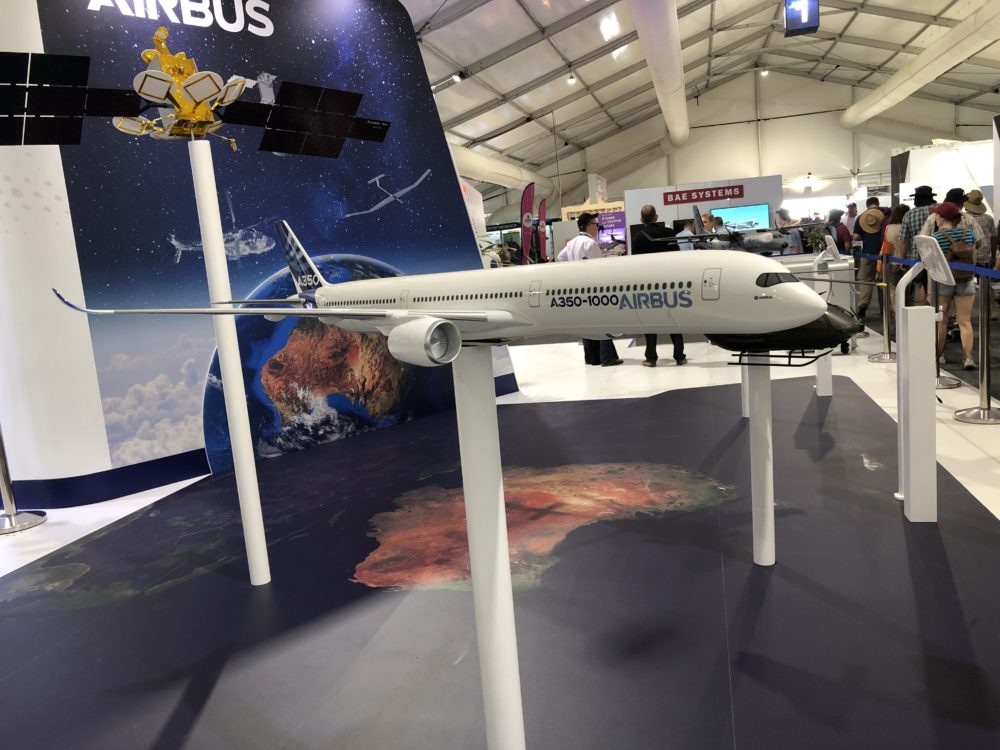
Talking to the sales representative at the Airbus stall, he emphasized his confidence in Airbus’ position regarding Qantas’ ultra long haul Project Sunrise order, however as expected, lips were sealed when questioned about any other movements.
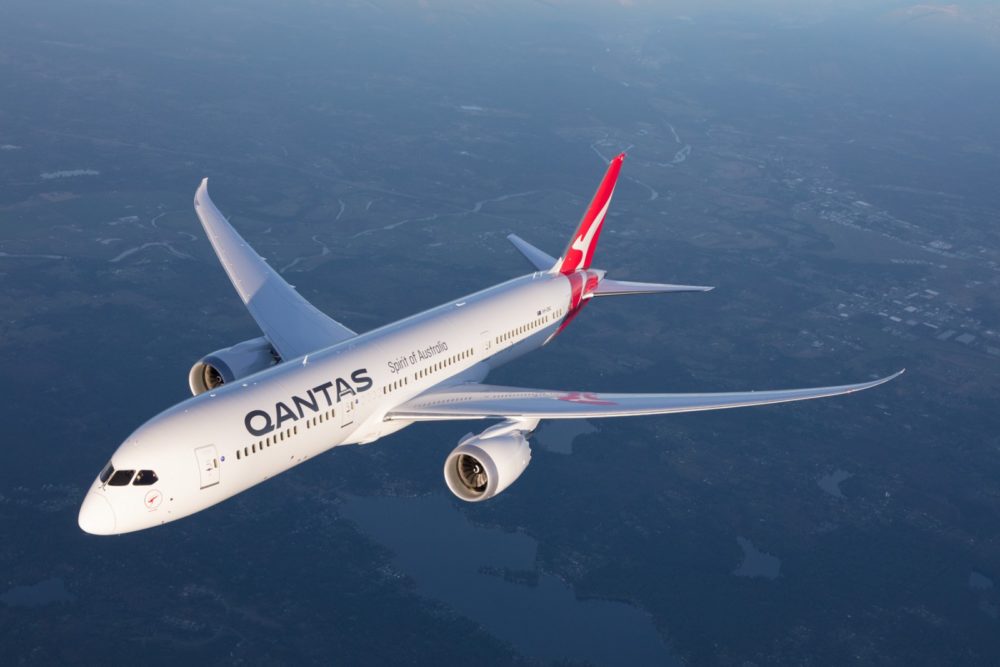
For those that don’t know, Qantas plans to make a decision on whether they’ll select the Airbus A350-1000ULR which is yet to be launched or the Boeing 777-8.
Additionally, performing outside with the other aircraft at the show, was the Airbus KC-30A Multi-Role Tanker Transport (MRTT) aircraft. Although parked out of the way at the far side of the airport making photos hard, the aircraft captured the attention of the audience with its flypasts “dragging” two RAAF F/A-18s behind it off its wing refueling hoses.
The following image was from the test campaign with a RAAF KC-30A.
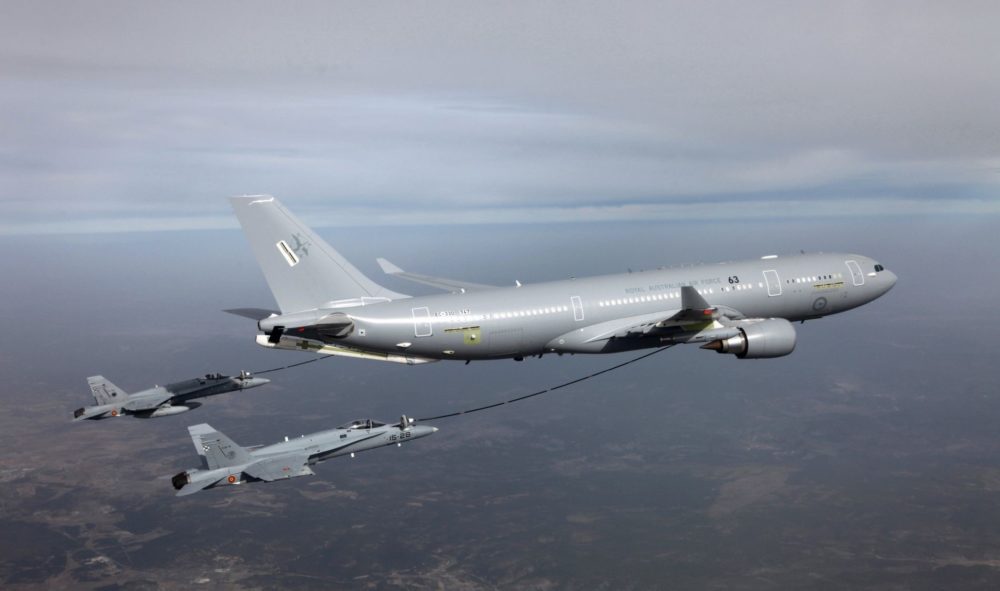
Overall Impression
As I stated at the beginning, the show was simply too large to cover all exhibitors in one day. These are my highlights and are what caught my attention.
Despite the excellent aspects of the show, this year was not as good as previous years, with less aircraft and display teams, such as the F-16 display team and F-15s that often visit. Additionally, being summer, the weather was extremely uncomfortable, especially when there’s no real shade or rest areas.
For those looking to attend, I highly recommend you bring plenty of water and some snacks, not only to keep yourself in excellent shape, but to avoid the insane prices for water and food at the show. One shocking example was a stall selling a 600mL bottle of water for $7…
Sunscreen is also a must bring as the sun was extremely intense. The moment you stepped out onto the airfield, you could feel the sun blasting its way through your skin.
The next show, which is in 2021, will be on during the centenary of the RAAF, meaning the show will be massive, as already teased at the show. I plan on attending this for the full length and setting up some more activities to cover such as interviews and capturing photos from exclusive areas.
My next item on the list is to attend the 2020 Farnborough International Airshow, where I’ll be viewing the aircraft and displays as well as covering the major events that unfold at the show.
All photos taken by me unless specified.
Photo source list:


